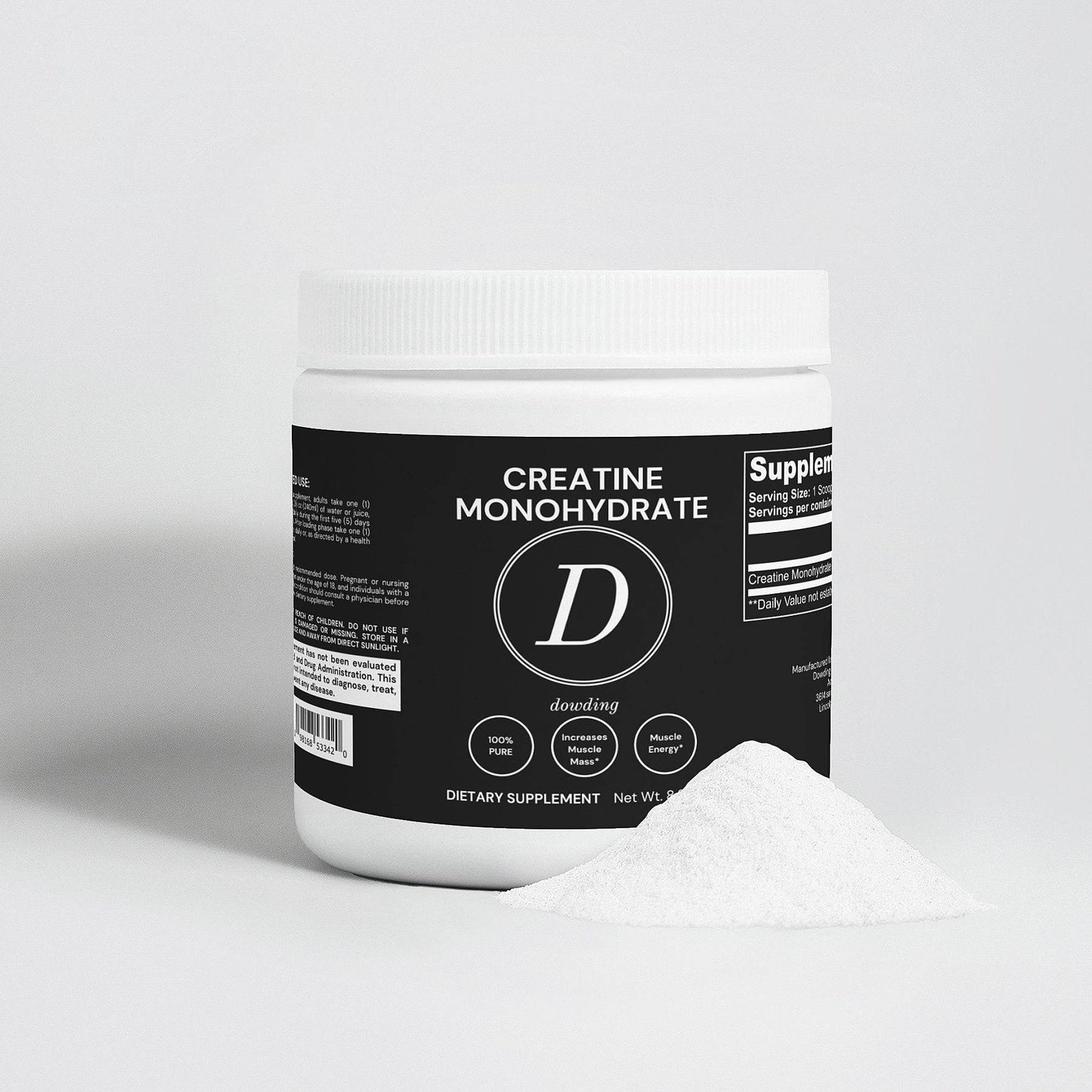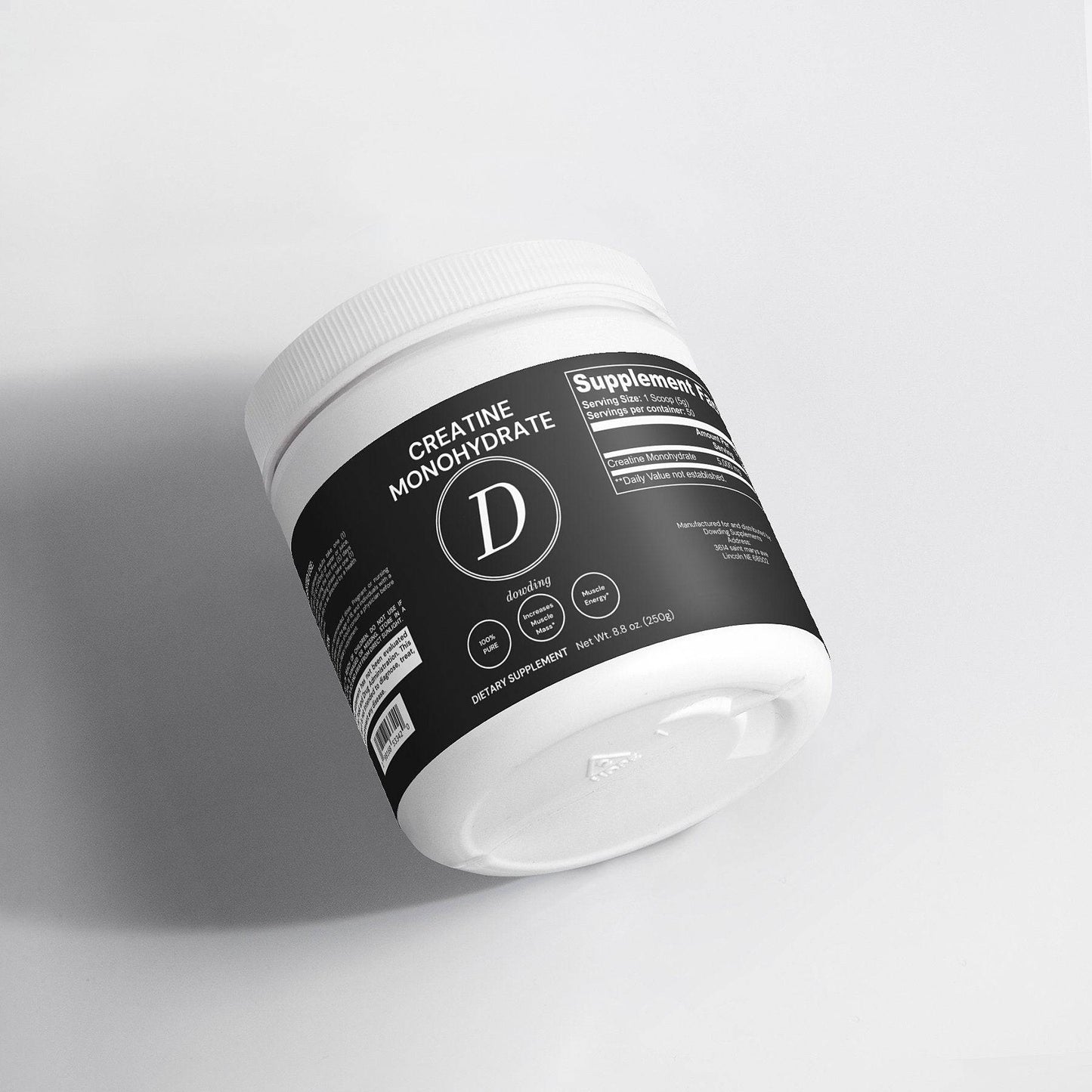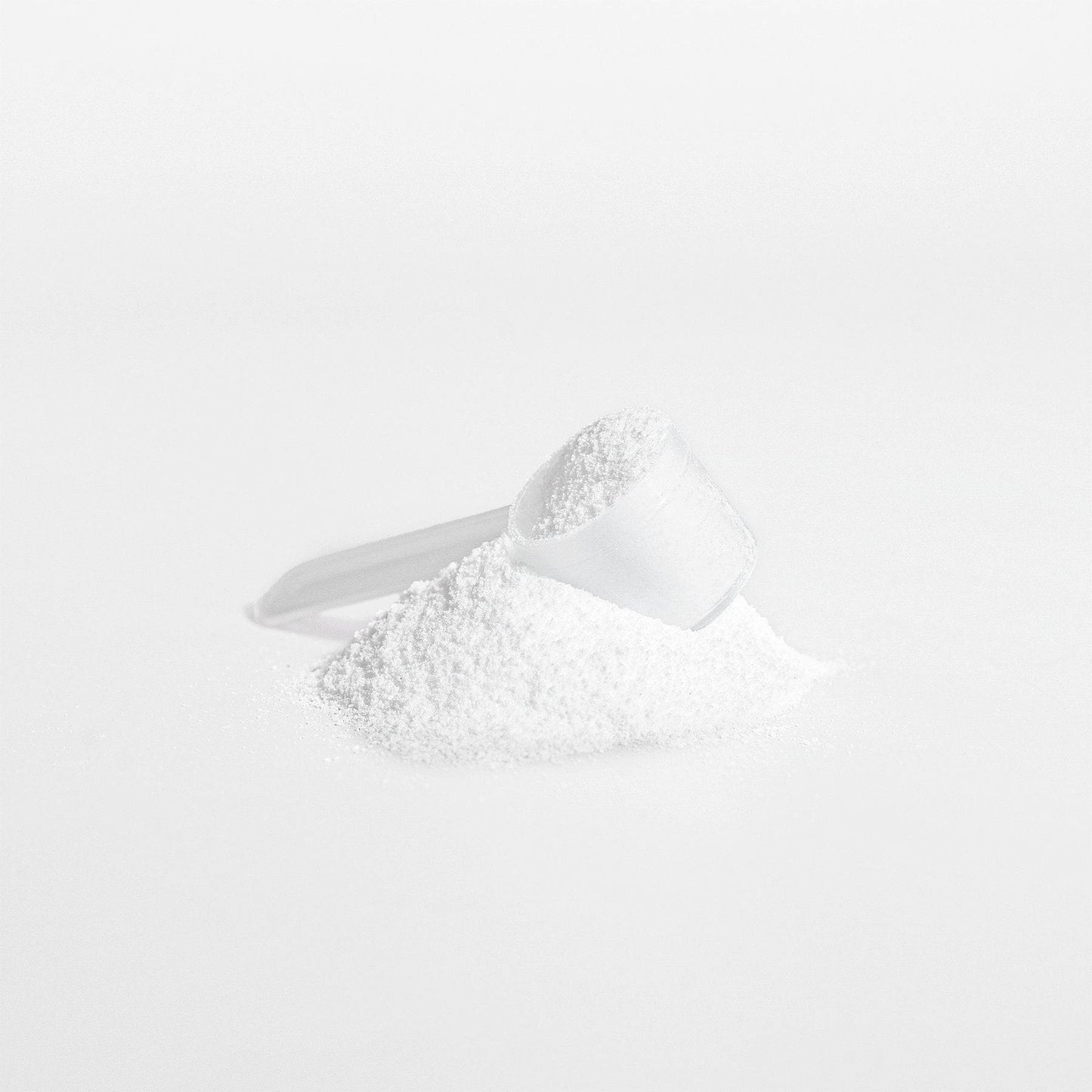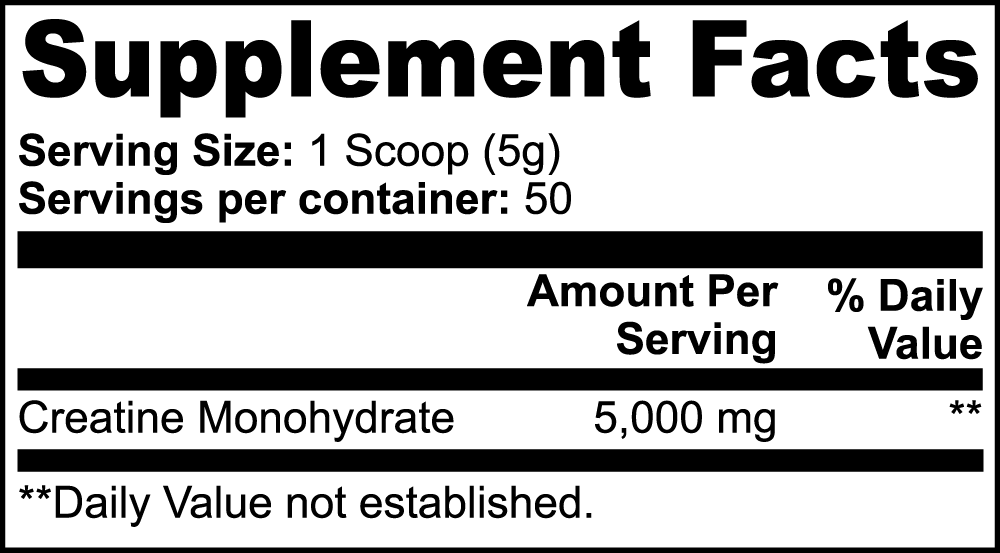
Creatine Monohydrate vs. Other Forms of Creatine: Which is Best?
When it comes to enhancing athletic performance and muscle growth, few supplements have gained the popularity of creatine. If you’ve ever stepped into a gym or fitness store, you’ve most likely encountered various forms of creatine. Among them, creatine monohydrate stands tall as a frontrunner. But how does it stack up against other forms? In this extensive guide, we will dive deep into the world of creatine, comparing creatine monohydrate with other forms of this popular supplement, and determining which is the best choice for your fitness goals. Are you ready to unlock the secrets behind some of the most effective creatine supplements on the market? Let’s dive in!
Understanding Creatine
Before we begin comparing the different forms of creatine, it’s essential to understand what creatine is and how it functions in the body. Creatine is a natural compound found in small amounts in certain foods and synthesized in the body from amino acids. It is stored mainly in muscle cells and plays a crucial role in the production of adenosine triphosphate (ATP), which provides energy during high-intensity exercise.
Supplementing with creatine can significantly increase your levels of phosphocreatine, allowing you to produce more ATP during demanding workouts. As a result, users often experience enhanced strength, recovery, and performance levels. This leads many athletes and fitness enthusiasts to wonder if there’s a superior form of creatine that can maximize these creatine benefits.
Popular Forms of Creatine
While creatine monohydrate is the most researched and widely used form of creatine, several other forms also exist. Here's a summary of the most common types:
- Creatine Monohydrate: The most common and researched form of creatine, known for its effectiveness in promoting muscle gain.
- Creatine Ethyl Ester (CEE): A form that claims better absorption and less water retention than monohydrate.
- Buffered Creatine (Kre-Alkalyn): A pH-buffered form that aims to reduce side effects and improve efficacy.
- Creatine Hydrochloride (HCL): A water-soluble form believed to have superior absorption rates.
- Micronized Creatine: Creatine monohydrate that has been ground into smaller particles to improve mixability and absorption.
Creatine Monohydrate vs. Other Forms of Creatine
The Research Perspective
When evaluating the best creatine option, one must consider the research backing each form. According to numerous scientific studies, creatine monohydrate has consistently shown efficacy in improving athletic performance and promoting muscle growth. It’s well-documented for its capacity to help lift weights more efficiently and enhance endurance, making it the gold standard.
In contrast, alternative forms such as creatine ethyl ester and buffered creatine have less robust scientific support. Some users claim reduced side effects and improved absorption, but they often lack the extensive research that accompanies creatine monohydrate.
Effectiveness for Muscle Gain
For those focused on creatine monohydrate for muscle gain, it’s crucial to consider how each form impacts muscle hypertrophy. Creatine monohydrate studies indicated a clear increase in lean body mass, primarily attributed to increased water retention within the muscles and improved performance in resistance training.
While some alternative forms might also contribute to muscle gain, none have demonstrated the same level of effectiveness as creatine monohydrate. If your goal is muscle growth, you’ll likely benefit most from sticking to the tried-and-true monohydrate form.
Side Effects and Tolerance
One common misconception is that creatine supplementation invariably leads to side effects. While creatine monohydrate may cause water retention or gastrointestinal discomfort in some individuals, most people tolerate it well. Its long history of use and extensive studies supporting its safety contribute to its popularity.
On the other hand, other forms of creatine, such as creatine ethyl ester, have been suggested to cause fewer side effects. However, anecdotal evidence should be taken with caution, as not enough robust scientific research has been conducted to confirm these claims.
Dosing and Usage
When starting with creatine, understanding the right dosing regimen is vital for optimizing benefits. With creatine monohydrate, a common approach is the 'loading phase.' This typically involves taking 20 grams per day for a week, divided into four 5-gram doses. Following the loading phase, a maintenance dose of 3-5 grams daily is usually recommended.
For other forms like creatine HCL, manufacturers often suggest lower doses due to purported higher absorption rates. Still, it’s essential to consider that off-the-shelf recommendations may vary significantly among products. Always consult with a healthcare professional to determine the best regimen tailored to your needs.
Price and Accessibility
An important aspect of any supplement is its cost and availability. Creatine monohydrate is generally not only the most affordable but also readily available in almost all supplement stores and online. This makes it a practical choice for most athletes and fitness enthusiasts.
Other forms of creatine, particularly rare or proprietary blends, can come with a higher price tag. If you’re looking for an effective option that won’t break the bank, creatine monohydrate is undoubtedly the way to go.
Making the Best Choice for You
No single form of creatine is perfect for everyone. Your choice may depend on individual preferences, tolerance, and fitness goals. If you’re someone who prioritizes scientifically proven results, opting for creatine monohydrate may be your best bet. However, if you’re willing to experiment, you might find that you respond well to an alternative form.
Guidelines for Safe Creatine Use
Regardless of the form, here are some essential guidelines for safe and effective creatine usage:
- Stay Hydrated: Creatine draws water into your muscles, so ensure you drink adequate fluids throughout the day.
- Consult a Healthcare Professional: Always discuss with your doctor before starting any new supplement, especially if you have health concerns.
- Monitor Your Body's Response: If you experience discomfort or unusual side effects, consider adjusting your dosage or switching to a different form.
- Combine with a Balanced Diet: Creatine works best when combined with a nutritious diet and consistent training.
The Final Answer: Which is Best?
In the battle of creatine monohydrate versus its counterparts, the evidence is clear: creatine monohydrate stands out as the optimal choice for most individuals seeking to enhance their performance and promote muscle gain. With extensive research supporting its efficacy, excellent tolerability, and cost-effectiveness, it’s difficult to argue against its superiority in the creatine family.
While other forms may have their unique selling points, none consistently outperform or provide the robust benefits that creatine monohydrate does. So, if you're serious about achieving your fitness goals, make sure to consider this powerhouse supplement and integrate it into your training routine. Unlock your potential today with the best creatine option available!





